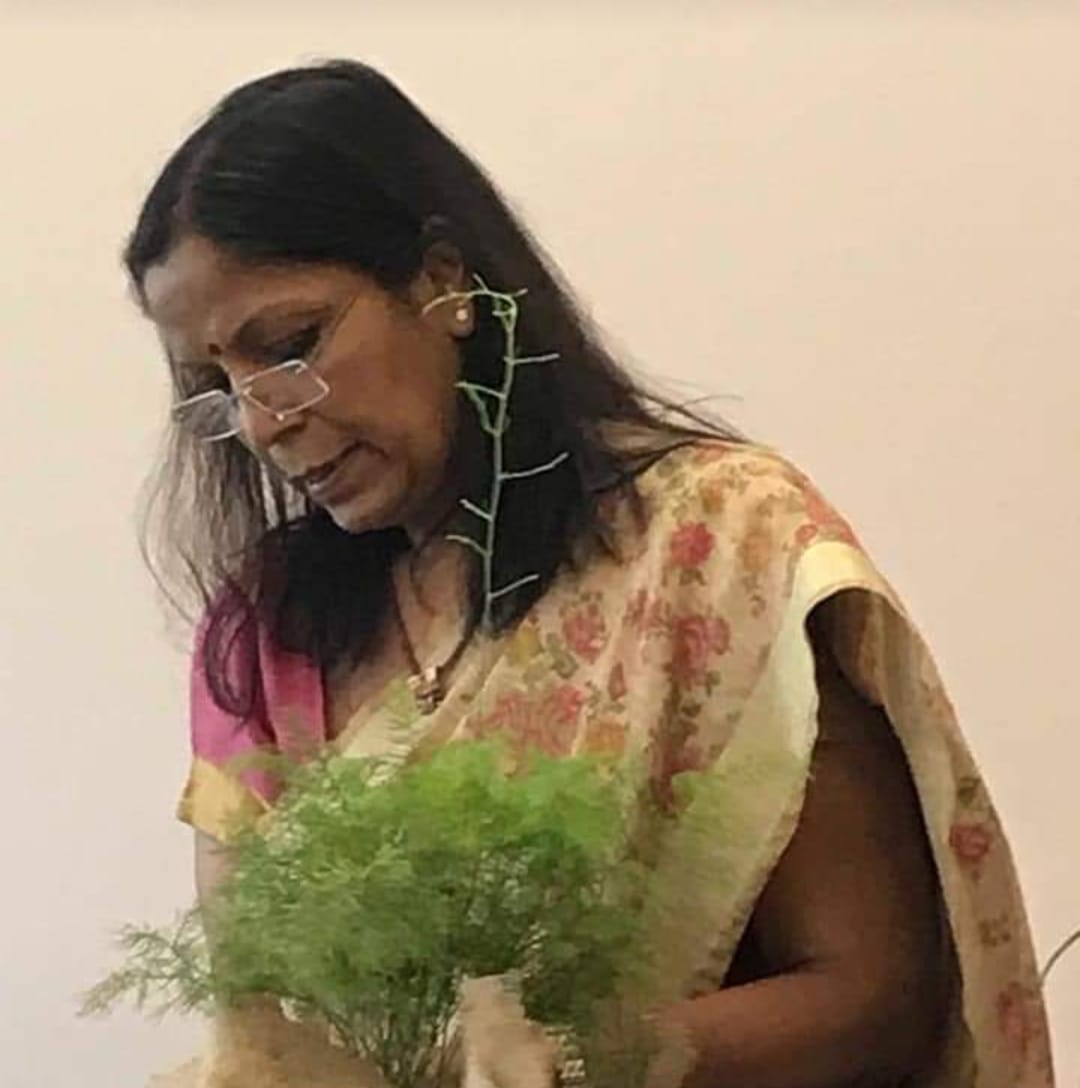How To Grow Rudraksha Tree At Home: Gardening Enthusiast Shares 4 Easy Steps
Delhi’s Indraprastha Horticulture Society (IHS) founder, Rachana Jain, shares tips and tricks on how to grow the Rudraksha at home through the air layering method.

For years, mythology has nurtured the tradition of using Rudraksha beads as rosaries. Often found beaded in chains among devotees, they have been attributed to Lord Shiva by believers. Over the years, various physiological benefits as well as the evolution of a new Indo-Western fashion statement has given rise to the regular spotting of these beads.
Did you know that in their ripe stage Rudraksha seeds are covered with a lush blue outer fruit on the outside? As interesting as they are, where do they come from? And can you source them yourself?
Delhi’s Rachana Jain, Founder of Indraprastha Horticulture Society (IHS) shares, the plant of the Rudraksha goes by the scientific name of Elaeocarpus ganitrus. Usually found growing in Himalayan regions, Rachana recalls spotting a few of them growing around the famous Delhi University’s campus area but says it is rare to find the plant growing in homes.
With the founding of IHS, she has spent the past 23 years generating awareness and educating people about zero-cost home gardening and organic methods of plant propagation.

Here is a step-by-step guide on how to grow the Rudraksha plant at home through air layering method:
Preparing the plant
“Tens to hundreds of saplings can be prepared from a single Rudraksha plant easily available at local nurseries as well as online these days,” Rachana says. All you have to do is peel the skin off a 2-inch area on the bark.
However, one thing to keep in mind, Rachana says, is that the stem is of “pencil thickness or more”. The ideal cut is made just a few centimeters below the nodal portion of the plant with the help of a sharp knife. This is where new growth is expected to develop. For this, give two round cuts within a 2-inch distance of each other. Make a slit between them so that it becomes easier to peel the skin off with your nails.
Now, it’s time to make a few scratches on the bark. “When you hurt something, its healing process hastens. The same concept applies to propagation, as afflicting scratches on the stem triggers the plant to actively regenerate and elevate the process of plant growth,” says Rachana.
Next up is the air layering process, for which Rachana suggests using balls of moss. “These should be covered in cinnamon powder or honey and soaked in water for a few hours. Each ball is used to create one air layering.” In this gardening enthusiast’s view, this is one of the most important aspects of the process to ensure that the plant does not dry off.
The next step is to cover the skinned bark below the nodal portion with the moss ball. This ball is then covered with a square plastic sheet. One may use a jute or plastic string to wrap the sheet up and tightly close it around the ball.
Reaping the Benefits
Soon, new life can be seen growing from the Rudraksha stems.
Leaving the plastic covering untouched for a period of three to seven weeks allows roots to spring from the air layering thus created. This is when it is time to cut the portion off the tree and transplant it. The ball of moss wrapped around the bark is fragile, and needs to be handled with care.
After a gentle unwrapping, your sapling is ready to be transplanted in a pot. The size of the pot can be determined on the basis of the height of your plant. Usually, a pot half the height of the plant is recommended so that there is ample space for it to grow.
Rachana sheds light on choosing the correct pot for your transplants and says, “I recommend that terracotta pots are the best as they are porous and avoid water stagnation. Plastic pots are not eco-friendly and are a more hassling option.”
Paying attention to detail makes all the difference in the process. In the growing stage, the plant requires ample nutrition. For this, Rachana recommends mixing plain garden soil with cow dung or compost. “Coal ash, which is easily available with a local ironman, is a great natural source to meet the plant’s nutrition requirements,” she says.
Once it begins growing, the Rudraksha plant should be kept in open sunlight as that’s the way it thrives best.

In a matter of a year, the homegrown plant transforms into a fully grown tree ready to be harvested for its seeds.
Feature Image Source: Facebook
Edited by Yoshita Rao
This story made me
- 97
- 121
- 89
- 167
Tell Us More
We bring stories straight from the heart of India, to inspire millions and create a wave of impact. Our positive movement is growing bigger everyday, and we would love for you to join it.
Please contribute whatever you can, every little penny helps our team in bringing you more stories that support dreams and spread hope.



















